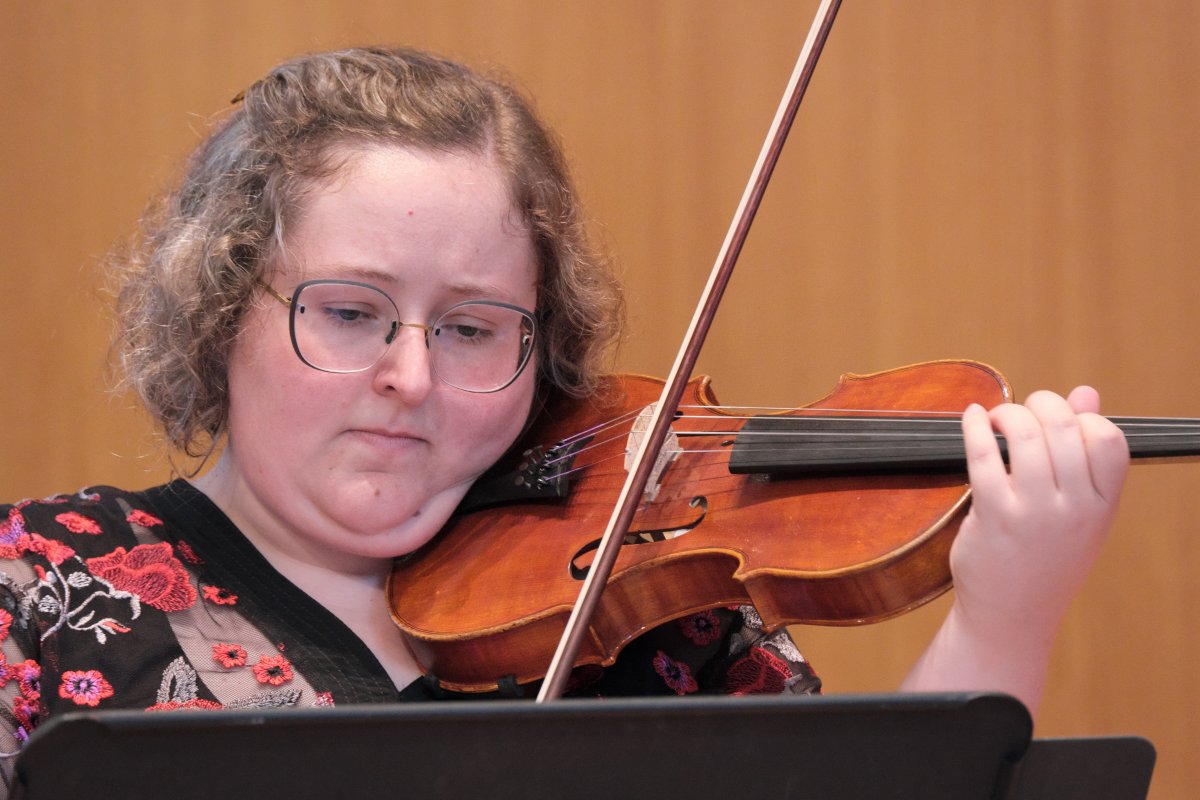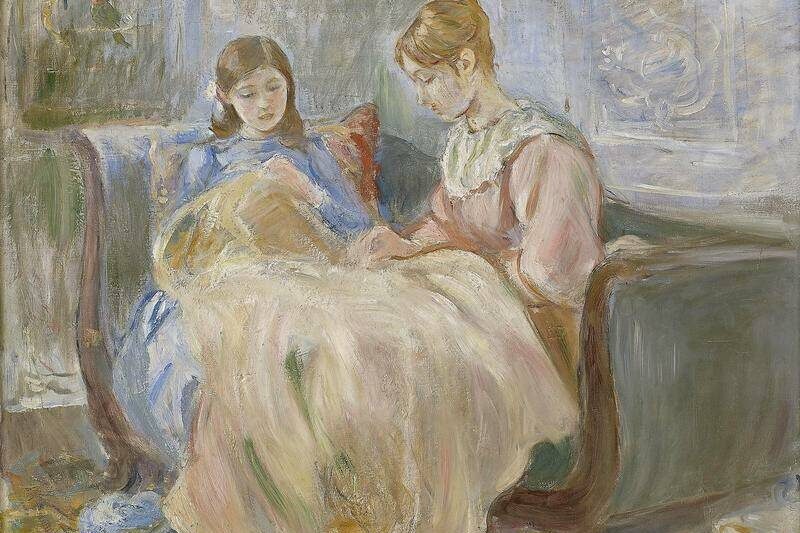
Music / “Serenade”, Rowan Phemister and Lucy Macourt. At Wesley Music Centre, November 25. Reviewed by ROB KENNEDY.
PLACE contemporary Australian classical music alongside French Impressionism and can you tell the difference? This concert of harp and violin music showed the similarities between the two.
As they showed in this concert, their sound is perfect in chamber music settings. But they can also play the big stuff, as they do with the Canberra Symphony Orchestra.
Local composer Sally Greenaway is having a huge year. Her two works performed here, “Serenade” and “Three Poems”, showed exactly why Greenaway is in demand.
Originally composed for piano and trombone, “Serenade”, which was a world premiere, began with a delicious glissando on harp. This art song, romantic and swept with a passionate, rising motive on violin penetrated the heart.
Then, “Three Poems”. Filled with singing tunes, one could hear the words as the music flowed from the instruments. Reflective, soft and tender, all three pieces set a haunting character. It’s clear tonal writing like this that is bringing audiences towards contemporary classical music. The highly expressive performance of the three pieces made them so enjoyable.
Nigel Westlake’s “Beneath the Midnight Sun”, from the movie “Antarctica”, followed. Westlake is another Australian composer who writes clear tonal music. The cinematic sound made you feel the icy cold. The violin harmonics representing the chill.
The “Impromptu for Harp”, by Gabriel Fauré, rushes with sliding notes among delicately plucked pizzicatos. Like a fantasy of sound, the sensitivity of this music was palpable. It told a captivating story through its many key changes and the exceptionally sensitive playing.
Then Debussy’s “Deux Arabesques”, arr. G Choisnel. The first of the two “Arabesques”, is the one used in so many movies to express tender moments. It may be the quintessential love and romance theme. It swooned.
The expressive qualities of Macourt’s playing are strong. She creates excellent volume and her violin sounded wonderful, but not every note was where she wanted them to be.
The playful and fluttering second “Arabesque” sat just right throughout the performance. That beguiling tune will surely last forever.

Debussy’s “Sonata in G minor for Violin and Piano”, I. Allegro Vivo, arr. by Phemister, came next. The dynamic qualities of this sonata captures a listener’s full attention. This is complex writing filled with deep emotional content. It’s musical storytelling at its finest.
The concert finished with two works by French composer and organist Camille Saint-Saëns. His “Fantasie for Violin and Harp” is stunningly poetic. Through crossing many styles and its virtuosic requirements makes a piece like this hard to describe, but much harder to perform, I’m sure. It’s a showcase of techniques and glorious musicality. It’s quick, loud, forthright and highly entertaining. It was the ultimate attention grabber through an electric performance.
The final work was the first piece of music ever played on ABC radio in Australia. “Le Cygne” from “Le Carnaval des Animaux” by Saint-Saëns. I can say nothing more about the music, but the performance on harp was seamless and perfect as was every piece Phemister performed, and Macourt on violin made it sing and float like a bird.
Who can be trusted?
In a world of spin and confusion, there’s never been a more important time to support independent journalism in Canberra.
If you trust our work online and want to enforce the power of independent voices, I invite you to make a small contribution.
Every dollar of support is invested back into our journalism to help keep citynews.com.au strong and free.
Thank you,
Ian Meikle, editor




Leave a Reply